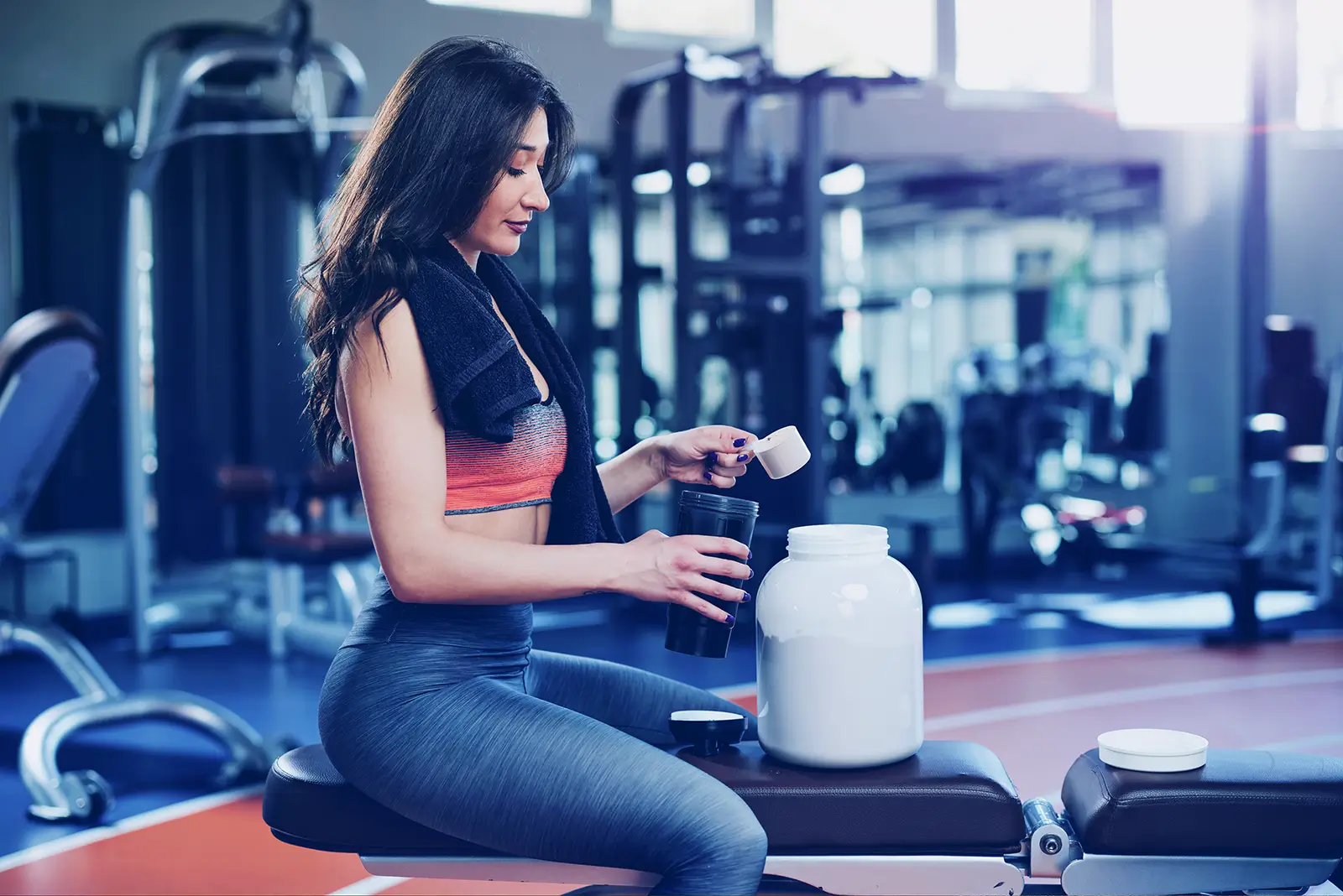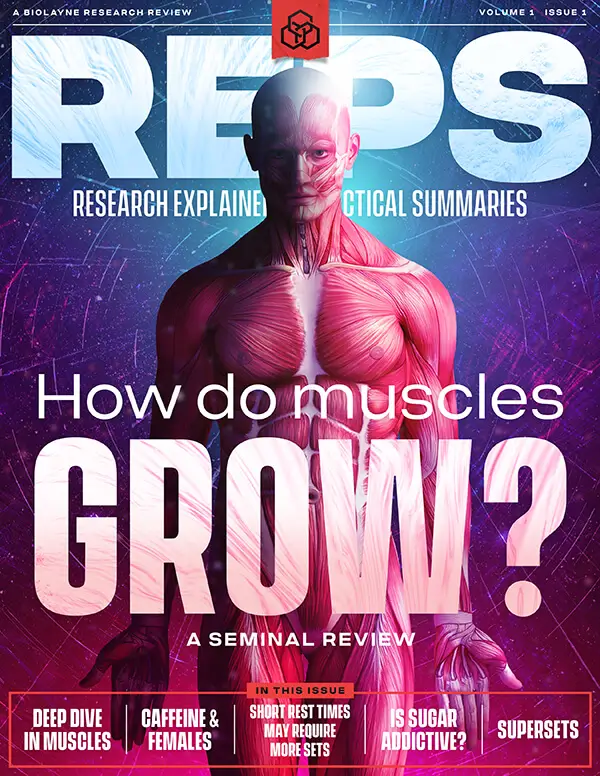Despite widespread claims, this new study shows that a single dose of collagen or matched amino acids does not enhance protein synthesis in muscle, connective tissue, or skin beyond the effects of resistance exercise alone.
Overview
- What did they test? Researchers tested whether a single 30 g dose of hydrolyzed collagen or its matched free amino acid profile could increase protein synthesis in muscle, connective tissue, or skin after resistance exercise.
- What did they find? Both supplements elevated circulating amino acids—especially glycine and proline—but neither enhanced myofibrillar, connective tissue, or skin protein synthesis compared to placebo.
- What does it mean for you? Collagen does not appear to provide an acute anabolic benefit for muscle or connective tissue remodeling post-exercise in healthy young adults.
What’s the Problem?
Resistance training increases both myofibrillar and muscle connective tissue protein synthesis. However, while high-quality dietary proteins reliably enhance myofibrillar protein synthesis post-exercise, they have shown limited or no effect on connective tissue remodeling 1 2 3. This disconnect has led to growing interest in collagen supplementation, which is rich in glycine and proline—key amino acids in connective tissue proteins—and may contain bioactive peptides hypothesized to support collagen synthesis.
Despite marketing claims and promising in vitro (in cell culture or test tube) or animal data, most human studies have failed to show that collagen meaningfully enhances muscle or connective tissue protein synthesis, especially when compared to other protein sources. However, these prior studies lacked direct comparisons between collagen and its constituent amino acids, leaving a critical question unresolved: are the potential benefits of collagen due to its unique peptide structure, its amino acid composition, or neither?
This new study from Aussiker and colleagues addresses that gap directly by comparing hydrolyzed collagen to a precisely matched free amino acid mixture and placebo. Additionally, they used stable isotope tracer methodology and muscle, skin, and connective tissue biopsies in healthy, recreationally active men and women. By isolating both structure and substrate availability, it offers one of the most controlled tests to date of collagen’s proposed anabolic properties in vivo (in the body). Let's see what they found.
Purpose
The primary purpose of this study was to assess the impact of the ingestion of hydrolyzed collagen versus free amino acid on post-exercise muscle connective protein synthesis rates in vivo in humans.
Hypothesis
The authors didn't provide an explicit hypothesis given the exploratory nature of this study. However, the inferred hypothesis was that ingestion of hydrolyzed collagen might increase muscle connective tissue protein synthesis rates following resistance exercise, potentially due to its high glycine and proline content and/or bioactive peptides—beyond what would be seen with a matched free amino acid mixture or placebo.








